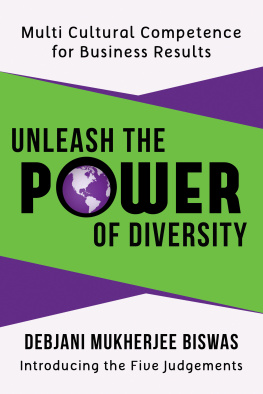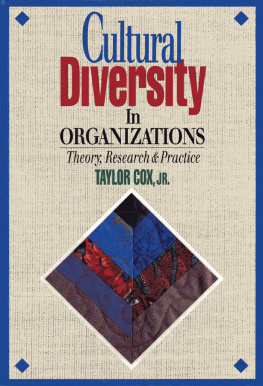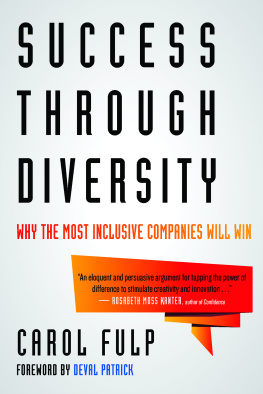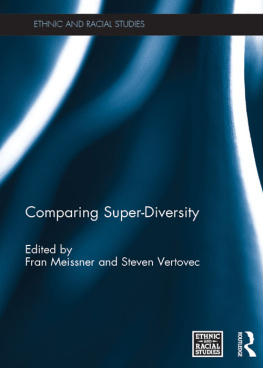Cover copyright 2019 Hachette Book Group, Inc.
Hachette Book Group supports the right to free expression and the value of copyright. The purpose of copyright is to encourage writers and artists to produce the creative works that enrich our culture.
The scanning, uploading, and distribution of this book without permission is a theft of the authors intellectual property. If you would like permission to use material from the book (other than for review purposes), please contact permissions@hbgusa.com. Thank you for your support of the authors rights.
Published by Bold Type Books, an imprint of Perseus Books, LLC, a subsidiary of Hachette Book Group, Inc. Bold Type Books is a co-publishing venture of the Type Media Center and Perseus Books.
The Hachette Speakers Bureau provides a wide range of authors for speaking events. To find out more, go to www.hachettespeakersbureau.com or call (866) 376-6591.
The publisher is not responsible for websites (or their content) that are not owned by the publisher.
I have devoted a considerable portion of my life to journalism and higher education, both fields in which people of color are radically underrepresented. In three of four newsrooms, I was the only African American news reporter. I would later become one of two people of color on New York Universitys tenure-track journalism faculty and for a time was one of the few tenured African American female professors on the entire faculty of the universitys Faculty of Arts and Science.
During more than three decades of my professional life, diversity has been a national preoccupation. Yet despite decades of handwringing, costly initiatives, and uncomfortable conversations, progress in most elite American institutions has been negligible. While racial/ethnic minorities make up roughly 38.8 percent of the national population, they comprise just 17 percent of full-time university professors, which includes faculty at Historically Black Colleges and Universities (HBCUs).
The field of journalism has not fared much better. Four decades after the newspaper industry pledged to create newsrooms that reflect the proportion of minorities in the population by the year 2000, they, too, remain disproportionately White. African Americans, Latinos, Asians, and Native Americans combined held 16.55 percent of newsroom jobs, based on the 2017 annual newsroom survey released by the American Society of News Editors. That number was even a slight decrease from the preceding year, and when online news sites were excluded, the percentage of minorities dropped to 16.3 percent.
The numbers in journalism and academia, like those in other influential fieldsfrom the arts, advertising, and fashion to law, technology, and investment bankingdefy the quickening pace of change in the nations racial demographics. In 2011, for the first time in Americas nearly 250-year history, more babies of color were born than non-Hispanic Whites. Since 2010, non-Hispanic Whites have been the minority in twenty-two of the nations one hundred largest metropolitan areas, and the US Census Bureau projects that by 2045 they will no longer constitute a national majoritywhich has made diversity one of the buzzwords of the twenty-first century. But why, after five decades of countless studies, public pledges, and high-profile initiatives, is diversity lagging in most elite fields? And why do many White Americans believe that racial progress has been much better than the numbers suggest?
O ur current diversity conversation began in 1968, when President Lyndon Johnsons National Advisory Commission on Civil Disorders recommended the inclusion of African Americans in institutions that had historically excluded them. The Kerner Commission, as it came to be known, highlighted the need to address the shameful legacy of slavery and Jim Crow. It overlooked, however, the haunting invisibility of Native Americans, an estimated 90 percent of whom were killed by disease and war in the wake of European settlement. Native Americans and Alaskan Natives, including those of more than one race, number around 6.7 million, or 2 percent of the population. Regrettably, given their small numbers, they barely register in much of the data.
Since 1968, diversity, of course, has been expanded to encompass other racial and ethnic minorities along with women, people with physical and mental disabilities, LGBTQIA individuals, and other marginalized populations. However, given the issues unique to each distinct group and the ways in which the plight of racial minorities in general and African Americans in particular have been overshadowed by other categories within this overtaxed term, this book will specifically address the progress the nation has made toward racial diversity.
Race, of course, is a complicated and often-imprecise designation that in the United States has always relied less on ancestry than on appearance. Those who most resemble what is considered White are generally accorded greater status. Its a messy social construction that nonetheless matters when trying to sense the texture of American life for distinct segments of the population. But it is challenging, given the shifting terrain. The classification of Hispanic/Latinx connotes ethnicity and not race, which could range from Black to White. And given the invisibility of Native Americans in most metrics and the ascendance of Asians in STEM fields and in income earning, there is no way to paint a complete portrait of Americas complex racial landscape. Further clouding the picture, Asianswho encompass a broad spectrum of people, cultures, and languages across a continentare, relative to their numbers in the general population, either disproportionately over- or underrepresented, depending on the field.
To examine the nations progress toward racial diversity, I focus on the three largest racial/ethnic minority groups: Hispanics/Latinx, African Americans/Black, and Asian Americans. I alternately use African American or Black and Hispanic for the sake of clarity, even though the terminology in the data I cite varies. Encompassed within race and ethnicity are, of course, all the other classificationsincluding physical and cognitive disability, gender, and sexual orientationthat become doubly or triply burdened by interlocking systems of discrimination. Still, a half century after Kerner, the Black-White divide is still most palpable in American life; the stark disparities between the two groups remain the most telling indicators of Americas racial breach. However, the expansion of Americas racial tableau and the long history of discriminatory federal policies and attitudes directed at other Americans considered non-White require an examination of efforts to fold racial and ethnic minorities into the mainframe of the nation. America, despite the presence and contributions of many, remainsat least in the public imagination and in most realms of influencedominated by Whiteness.
I explore diversity across numerous fields but pay sustained attention to three fields in particular: academia, Hollywood, and corporate Americaeach of which has publicly and privately grappled with the issue over the past five decades. They are among the fields whose leaders have in recent years renewed their commitment to diversity, collectively pledging billions of dollars to commission studies, set up training sessions, and hire consultants and czars to oversee diversity programs. These efforts have, among other things, shored up a multibillion-dollar industry, expanding opportunities for an ever-growing number of law firms, consultants, and senior-level executives. Its impossible to understand diversity without exploring the big business of it, the tension between the rhetoric and expenditures, and the chronically disappointing results. In recent years, organizations have begun to use the term







